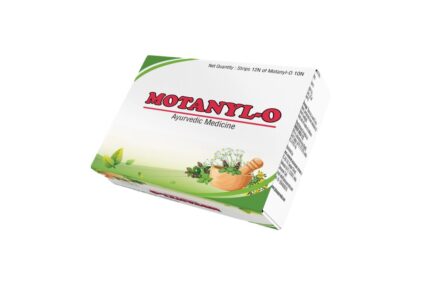Yajurvedic texts quote saktu (powder) made from Apamarga for antimicrobial (Rakshoghna) property. Atharvaveda extensively quoted Apamarga and according to the etymology provided by Sayana, this plant drives away the vitiated do¦as from the body. Hence the name Apamarga. The properties attributed this plant in Atharvaveda are : Sahasravirya, Krimighna, Rakshoghna, Rasayana, Arsoghna, Vishaghna, Asmarinasana and ojovardhana (A.V. 17/1-8). It appears that the root of Apamarga was more utilized during the vedic period. This plant is considered as an anti-dote for snake bite and scorpion sting.
Caraka considered Apamarga as the best among the drugs used for Nasya/Ýirovirecana. For this purpose the seeds which are famous as ‘Apamarga TaÄÎula’ are used. Owing to their importance Caraka denoted a chapter as “Apamargatanduliya” (C.S.Su. 2 Chapt.).
It is otherwise known as ‘Kshara madhya’ and its Kshara (alkali of this plant) is used in therapeutics. Bhavamishra quoted that the fruits of Apamarga are Madhura rasa, Madhura Vipaka in nature but leads to constipation (Vishtambhi).
Different Varieties– The reference about ‘Gouradanda Apamarga’ by Vagbhata(A.H.Sa. 1/39) indicates towards another variety of Apamarga in the Samhitas. All the Nighantu writers described two kinds of Apamarga viz., Sveta (white) and Rakta (red) varieties. However, Kaiyadeva mentioned three varieties viz., Apamarga (white), Vasira (red) and Ramatha (blue?).
Thakurji quotes that the “later writers mention white (Sveta) and red (Rakta) varieties and one of them is said to have round grains (Vrittaphala). Vagbhatabmentioned Gauradanda Apamarga (a variety with white stems) in Pumsavana”.
The second variety is identified with Pupalia lappacea Moq.
- bidentata Blume is another species belonging to the genus Achyranthus which is in vogue for its medicinal value should also be studied further.
Botanical Description– A stiff erect herb, 30-90 cm high. Branches spreading, Leaves– opposite, velvety-tomentose, 3.8-12.7 cm x 5.1-7.6 cm. Flowers– bisexual, greenish-white, arranged in long spikes, inverted (Hence Apamarga). Flowering in winter and fruiting in summer. Distribution– Common as weed throughout India.
Major Chemical Constituents–
Betaine, achyranthine, hentriacontane, ecdysterone, achyranthes saponins A, B, C, D.
Therapeutic Uses–
(1) Visuchika– The root of Apamarga is taken with water (B. P.)
(2) Sidhma– Seeds of Mulaka and fresh juice of Apamarga are made into paste and applied externally (V.M.).
(3) Nidranasa– Decoction prepared with Kakajangha, Apamarga, Kokilakshaand Suparnika is useful (H.S.).
Part Used– Root, seed, leaf, whole plant, kshara.
Dosage– Fresh juice 10-20 ml, Kshara 0.5-2 g.
Important Preparations– Apamarga kshara taila, Sikhari ghrita
Research–
(1) The diuretic activity of ‘Kshara’ was found to be due to its high potassium content (Bhide et al., 1958).
(2) Clinically, administration of the decoction of whole plant to patients of leprosy has been reported to show encouraging results in lepra reaction as well as the quiescent stage of lepromatous leprosy (Ojha et al., 1966 & Ogha & Singh, 1968).
(3) The alcoholic extract of the whole plant showed hypogly-caemic activity in albino rats (Dhar et al., 1968).
(4) The chloroform-soluble basic fraction (from plant) raised the BP of anaesthetized dog, caused initial transitory stimulation of respiration and increased amplitude of contractions of isolated guineapigs heart. It also showed spasmolytic action against various spasmogens on intestine and uterine muscles of guineapigs and a slight diuretic action in rats (Kapoor & Singh, 1967).
(5) Achyranthine, produced hypotension, depression of the heart, dilatation of the blood vessels and increase in the rate and amplitude of respiration in anaesthetized dogs. It also showed spasmogenic effect on frog’s rectus muscle and diuretic as well as purgative action in albino rats (Neogi et al., 1970).
(6) The alkaloidal fraction of the alcoholic extract of root bark inhibited the contractile response of isolated rat uterus suspended in oxygenated modified Ringer solution at 300 to 0.01 and 0.015 units of oxytocin (Gupta & Khanijo, 1970).
(7) The aqueous and alcoholic extracts of roots caused a sharp and transient fall in BP without any significant action on the respiration of anaesthetized dogs. On frog’s heart it had negative inotropic and chronotropic effect (Gambhir et al., 1965).
(8) The saponin mixture isolated from seeds showed a significant increase in the force of contraction of isolated heart of frog, quinea pig and rabbit (Gupta et al., 1972a).
(9) The diuretic effect of saponin mixture was associated with increase in the excretion of Na & K in urine as found with acetazolamide (Gupta et al., 1972b).
(10) Shoot essential oil showed antifungal activity against aspergillus carneus (Phytochem. 1992, 31, 1811).





Reviews
There are no reviews yet.